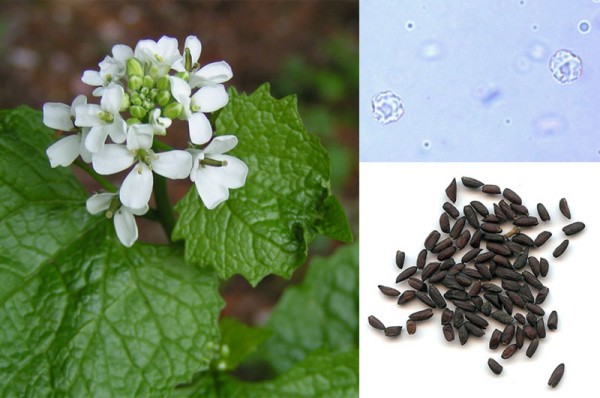
The clues researchers used in the new study are microscopic bits of silica called phytoliths (from Greek, meaning "plant stones"). Plants produce these rugged structures from dissolved minerals in ground water that is pulled into their roots and then distributed throughout the organism, says Hayley Saul, a bioarchaeologist at the University of York in the United Kingdom. While some phytoliths are deposited inside a plant's cells, others are created in spaces between cells or in special tissues. In many cases, phytoliths are characteristic of certain species, and can, due to their minerallike nature, persist long after a plant's soft tissues have decomposed.
In their latest research, Saul and her colleagues looked at small samples of charred material scraped from the inner surfaces of pottery fragments from two sites in Denmark and one site nearby in northern Germany. Of 74 samples, 26 included phytoliths with a globular shape and a distinctively wrinkled surface, Saul says. Their average size was about 7 micrometers across, less than half the diameter of the finest human hair. When the researchers compared the phytoliths from the residue with those produced in the stems, leaves, and seeds of more than 120 European and Asian plants, the only ones that matched were those made in the seeds of garlic mustard (Alliaria petiolata), a biennial herb that grows in a swath from Europe through Central Asia to northern India and western China.
Garlic mustard was introduced to the United States in the 19th century and has since become a noxious, invasive species in many regions, especially in forest floors and on floodplains. Carbon-dating of the charred material, soot on the outside of the pot, or of charcoal or bones found with the pot fragments suggests that the phytolith-riddled meals were cooked between 5750 and 6100 years ago, the researchers report today in PLOS ONE. While archaeologists have unearthed flavorful ingredients such as capers and coriander at older sites in the Near East, the new finds are the oldest to chronicle spice use in Europe.
Because garlic mustard seeds contain little if any starch, it's not likely that the seeds were a source of nutrition, Saul says. Indeed, in all but one of the samples that contained phytoliths, the team also found chemical fragments of specific types of fatty substances called lipids that are either produced by ruminants such as red deer or marine creatures such as mussels, scallops, or fish. Those creatures were probably the largest part of the meal, Saul says, but ground garlic mustard - which has a strong, peppery flavor - likely spiced up the dish.
The new study "is an innovative use of microfossil analysis," says Deborah Pearsall, a paleoethnobotanist at the University of Missouri, Columbia. Because the tiny bits of silica came from charred residues on the inside of a pot, she notes, "there's no ambiguity that humans were involved. ... These phytoliths were there because some ancient cook added spice to the stew."
Not all plants produce a distinct type of phytolith, says Arlene Rosen, an environmental archaeologist at the University of Texas, Austin. "But these [phytoliths] are not like any I've seen in any other plant, and they compare favorably" with those produced in the seeds of garlic mustard, she notes. "I think it's a high probability that they came from that plant."
Recently, using cod and pork - meats that inhabitants of Denmark and northern Germany certainly ate, based on remains found at the archeological sites - and garlic mustard, Saul cooked up flavorful replicas of ancient stews. "They went down very well," she says.
Because garlic mustard is found across a broad region, Saul notes, it's not clear whether its use as a spice originated in northern Europe or was imported from other areas, such as the Near East. Regardless of where the culinary practice began, however, the new finding suggests that Stone Age cooks "didn't necessarily 'shop' based on nutrient value," Rosen says. "They ate things for their taste."



It does have medicinal uses.
[Link]